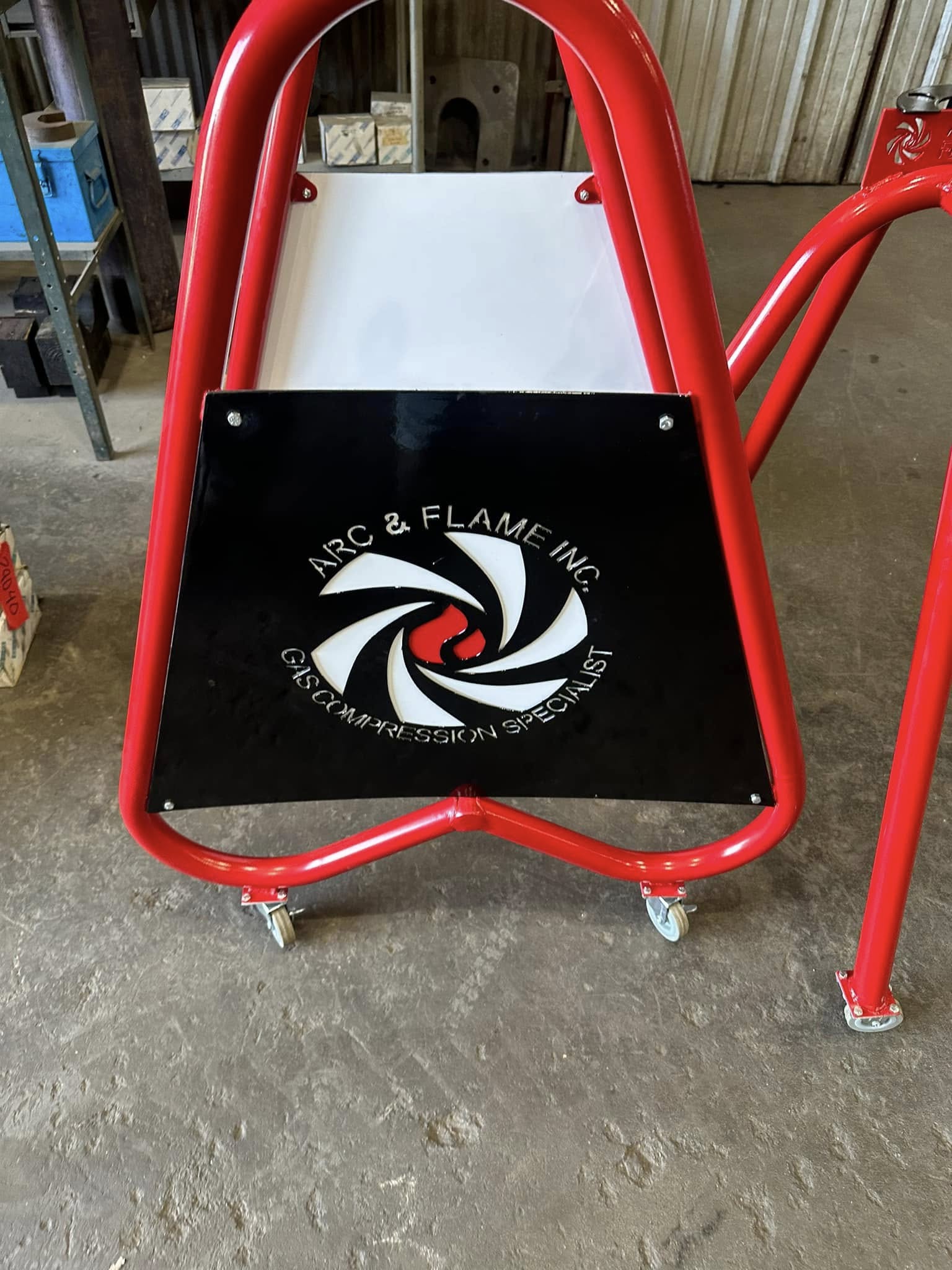
The Future of Welding: Exploring Innovations and Emerging Technologies Nov 23, 2025
Over the last decade, the welding industry has witnessed several innovative shifts. Among these, one of the most significant advancements has been the integration of automation and robotics. Automated robotic welding systems have revolutionized the field by providing exceptional precision and consistency. These systems are particularly valuable in producing high-volume, repeatable welds, making them indispensable in sectors like automobile manufacturing and large-scale construction. For Contender Solutions, implementing robotic welding could mean faster project completion times and a reduction in human error.
Another groundbreaking technology transforming welding is laser welding. This highly precise method uses concentrated laser beams to join materials, allowing for cleaner and more precise welds than traditional techniques. The advantages of laser welding are manifold, including reduced heat distortion and increased speed. These benefits are particularly vital for industries dealing with delicate or high-precision components, such as aerospace and electronics. Contender Solutions can leverage laser welding to attract clients needing intricate work where precision is paramount.
Furthermore, the rise of sophisticated materials in manufacturing has necessitated a corresponding evolution in welding techniques. New alloys and composites require specialized welding approaches and tools. Friction stir welding, for example, is increasingly popular for bonding aluminum and copper alloys, providing strong, defect-free joints. This method could be highly beneficial for Contender Solutions when dealing with projects that require the welding of advanced materials.
Digital technology is also shaping the future of welding. The advent of the Internet of Things (IoT) and predictive analytics is beginning to find its way into welding operations. By using sensors and data analytics, companies can now predict equipment failures, anticipate maintenance needs, and optimize resource allocation. This kind of proactive maintenance minimizes downtime and maximizes productivity, which is a considerable advantage for operations like Contender Solutions. Through IoT integration, welding processes become more efficient, enabling smarter scheduling and resource management.
Finally, as the world becomes increasingly concerned with environmental impact, the welding industry is not exempt from scrutinizing its ecological footprint. Innovations aimed at sustainability, such as eco-friendly welding fumes extraction systems and the use of less polluting gases, are gaining attention. Adoption of these technologies by Contender Solutions can enhance their eco-responsibility credentials, attracting clients who value sustainable practices.
In conclusion, as we gaze forward into the future of welding, it's evident that emerging technologies and innovations present exciting opportunities. For welding service providers like Contender Solutions, embracing these advances means positioning themselves as leaders in the industry, who are not only adept at deploying state-of-the-art technology but also committed to excellence and sustainability. By continuously integrating these innovations, Contender Solutions can ensure they remain at the forefront of welding services, offering unparalleled quality and setting the benchmark in a competitive market.
/filters:no_upscale()/media/f2bedb9d-e609-444d-b8d0-09b9a9d2d3fa.jpg)